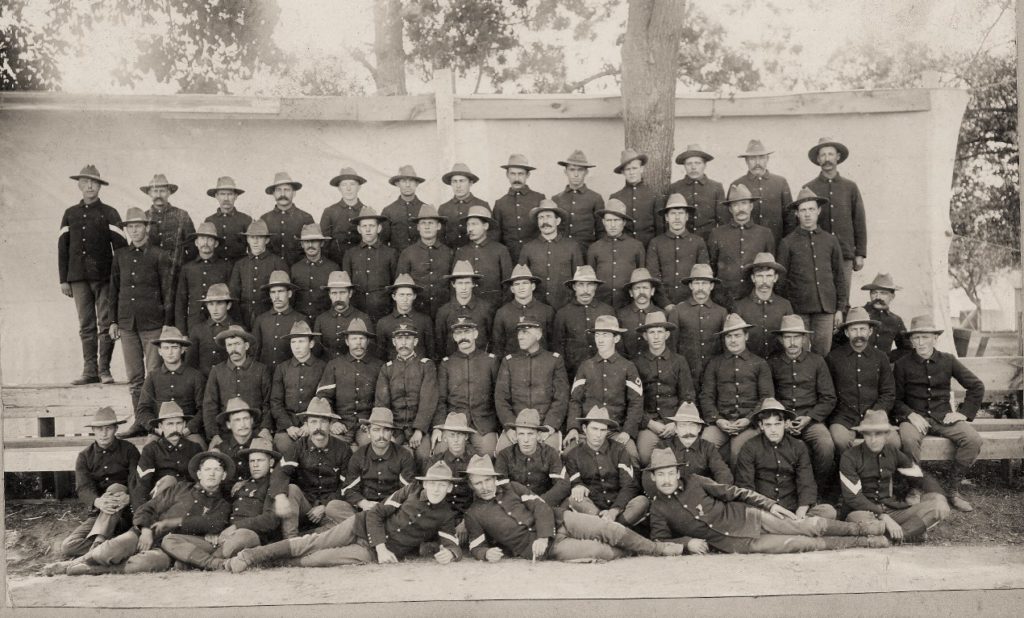
Manistique High School Senior, Logan Kraatz, is congratulated by Larry Peterson of the Schoolcraft County Historical Society. Logan won 1st place in the recent essay contest and received an award of $350. He will attend the University of Michigan in the fall.
Historic Siphon Bridge and River Flume
By Logan Kraatz
Anyone traveling through downtown Manistique is sure to cross the Siphon Bridge and massive paper mill flume. This bridge crosses the concrete flume and Manistique River. Not only are these structures cool to look at, they also fill a very important part in the history of Manistique. Many will just look at them and think nothing more. However, some will look at them and instantly be filled with questions. Questions like: why are they here, what did they do, what happened to them, and why were they needed? Manistique is divided east and west by the Manistique River. The river was an obstacle for citizens as well as a source of power and industry for the town. Naturally a bridge had to be constructed to connect the two sides. The first bridge to fill this need was the “Red Bridge.” It was a simple wooden flat bridge constructed in the mid to late 1800s. The bridge was condemned in 1890 and replaced by a [metal] bridge dubbed the “Iron Bridge.” This bridge was ultimately replaced by the siphon bridge and scrapped to be used for other projects.



